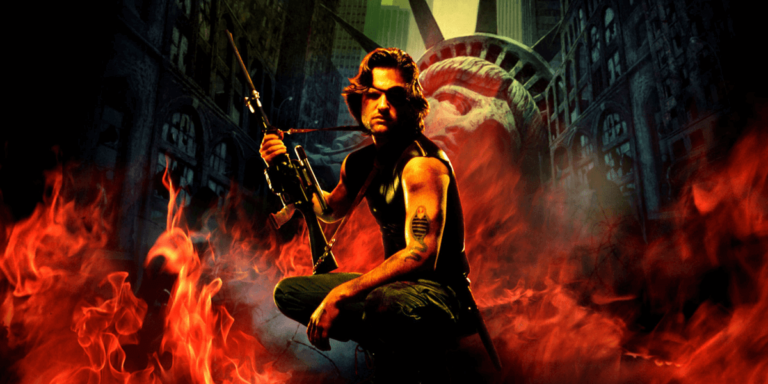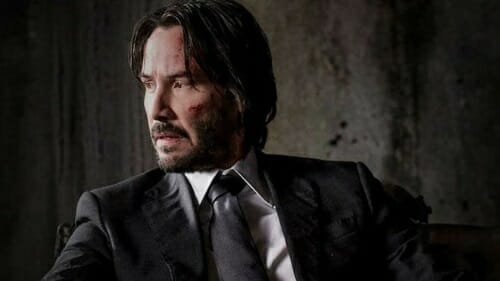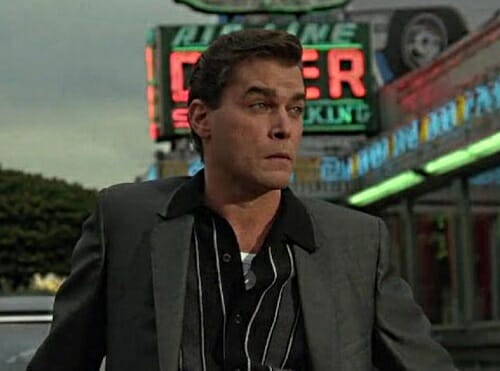By Ken Miyamoto from ScreenCraft · January 2, 2019

What is the secret that writers can tap into to create those truly badass characters that audiences seem to remember the most?
Mad Max, Wolverine, Thelma & Louise, Tony Soprano, John Wick, Daryl Dixon (The Walking Dead), Snake Plissken (Escape From New York), Neil McCauley (Heat), Walt Kowalski (Gran Torino), and so many more.
These are the types of characters that audiences love to cheer for. They’re tough. They don’t care. They act on instinct.
But what are the secrets to creating these types of characters?
Here we offer three ways to create the most badass characters the big or small screen will ever see once you complete your scripts or pilots.
The most straightforward way to write a genuinely badass character is to first focus on their actions and reactions to outside stimuli and situations that we the audience would likely react to in a certain way, or not react at all, and have that character do the very opposite.
A jerk boss that continues to tell us off.
What do we do? We take it because we need to preserve our employment.
What does the badass character do? They tell them off without a second thought.
An annoying driver in traffic behind us that constantly honks their horn and screams.
What do we do? We shake our heads and stay in our car.
What does the badass character do? He gets out of his car in the middle of traffic, walks back to the jerk’s car, opens his door, pulls him out and either pummels him or tells him off as the people around them cheer.
An imposing figure that is swinging a sword with skill, ready to cut us down.
What do we do? We run. Or in the cinematic realm as standard movie characters, we face off with him with our fists and maybe a whip.
What does Indiana Jones in Raiders of the Lost Ark do? He shoots him dead.
These are examples of the elements that make a badass character.
They do what we would never consider doing but always want to deep down. Or they simply have no fear, when we likely would. Or they do the unthinkable, which we’d never even consider.
Antiheroes are some of the most alluring characters to watch in today’s movies and television series. Why? Because they often don’t follow the moral compass that we are usually obligated to abide by.
Like the above examples, they do what we’d only dream of doing.
But too many writers make the mistake of thinking that antiheroes are nothing more than assholes that do whatever they want, whenever they want. There’s more to it than that.
There are generally three different types of antiheroes to choose from.
Justifiable Antiheroes often have a reason that they are the way they are. And that reason is usually justifiable.
In Mad Max, Max’s wife and son were murdered by a motorcycle gang. He sought revenge. In later installments, he was merely surviving the post-apocalyptic world.

Wolverine in the X-Men films was a product of a sinister government experiment. Anyone he ever trusted betrayed him — until he met Professor X.

John Wick in the titular franchise tried to give up his killing ways once he found love. When she died, the final gift she gave him was a puppy. Some gangsters decided to follow him home one night. They steal his car, beat him up, and worst yet, they kill his puppy. Despite the fact that he’s a cold-blooded killer, we want him to prevail.

These types of antiheroes have an added layer of depth that makes us root for them. It’s not just about watching a character do what we’d love to do but can’t. It’s about wanting them to attain the justice they deserve.
Near-Hero Antiheroes are much like the regular heroes we see in conventional adventure movies, but they lack the positive attitude that most heroes have. And they are often more self-centered, concerned more with self-preservation than doing what’s right. But the great thing is, it takes just a little poking and prodding to get them to care enough to save the day in the end.
Han Solo in Star Wars.

Madmartigan in Willow.

Almost every male hero in animated Disney films.
Audiences enjoy these types of antiheroes because we get to see them evolve throughout the film. They become heroes before our eyes.
Sociopathic Antiheroes aren’t justified in their ways, as Justified Antiheroes are. They are sometimes borderline evil, all while displaying various forms of commendable personality traits like loyalty. They do sometimes showcase morals and ethics, but usually only through the skewed perspectives of the criminal world they live in.
Tony Soprano from The Sopranos is the ultimate example. He’s a ruthless gangster kingpin, but he’s also a loving and caring husband and father.

Tony Montana from Scarface is another version of that type of antihero, but perhaps with fewer morals and ethics compared to Tony Soprano.

Audiences aren’t expected to sympathize with these types of antiheroes. Instead, we’re watching because we’re curious about the lives these types of people lead. We wonder how they can do what they do and still live with themselves.
We can sympathize with Sociopath Antiheroes somewhat. Henry Hill from Goodfellas is a fascinating character study. We want him to succeed even though, in the end, he’s a violent killer and thief.

You can create some truly badass characters by conjuring any three of these types of antiheroes.
Tough is often equated with being a badass.
If you have no fear, that’s a quality that can be attributed to being tough.
If you have an extreme skillset — especially one that involves fighting or killing — that makes you even tougher.
And if you pair fearlessness with an extreme skillset, you’ve created a badass character. And not all badass characters have to be antiheroes. They can be positive-force protagonists and heroes through and through.
Look no further than Ripley from Aliens. Yes, she showcased some initial fear, based primarily on her experience in the original Alien film. But she confronted that fear in Aliens and was the most prepared and skilled adversary for the xenomorphs.
Sarah Connor is an equally comparable example of the badass hero as well, following a very similar character arc between her two appearances in the original The Terminator and its sequel, T2: Judgement Day.

And who could forget the likes of Rambo, who was arguably a Justified Antihero in First Blood before becoming an outright badass hero in the Rambo franchise sequels?

Everybody loves a good antagonist, villain, or nemesis that is an ultimate badass as well. You can take all of the traits above and roll those elements into the mold of a bad guy or bad girl character to create a true badass force to be reckoned with.
Read ScreenCraft’s 3 Ways to Create a Stellar Antagonist, Villain, or Nemesis!
If you conjure a fearless and skilled bad guy or bad girl and have them do and say what we wish we could do and say in real life, you have the makings of a classic badass.
Audiences love to live vicariously through movie and television characters. Your scripts will only benefit from you going the extra mile to create more badass characters. They also help your script stand out more for casting. Because who doesn’t like to play an ultimate and memorable badass?
Ken Miyamoto has worked in the film industry for nearly two decades, most notably as a studio liaison for Sony Studios and then as a script reader and story analyst for Sony Pictures. Make sure to read his growing archive of posts at ScreenCraft for more inspiration.
He has many studio meetings under his belt as a produced screenwriter, meeting with the likes of Sony, Dreamworks, Universal, Disney, Warner Brothers, as well as many production and management companies. He has had a previous development deal with Lionsgate, as well as multiple writing assignments, including the produced miniseries Blackout, starring Anne Heche, Sean Patrick Flanery, Billy Zane, James Brolin, Haylie Duff, Brian Bloom, Eric La Salle, and Bruce Boxleitner. Follow Ken on Twitter @KenMovies
For all the latest from The Script Lab, be sure to follow us on Twitter, Facebook, and Instagram.